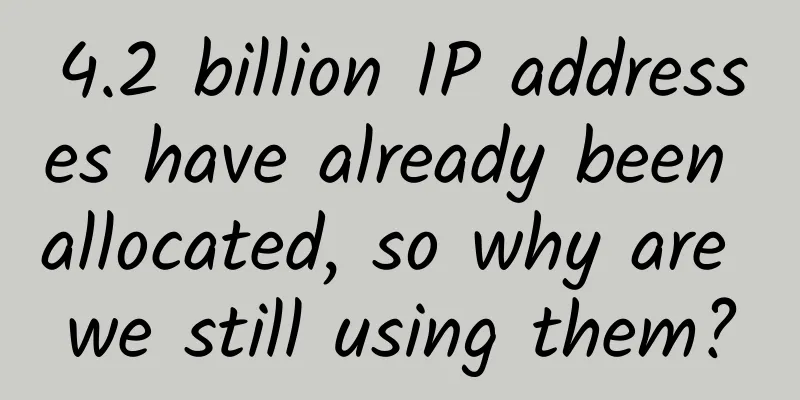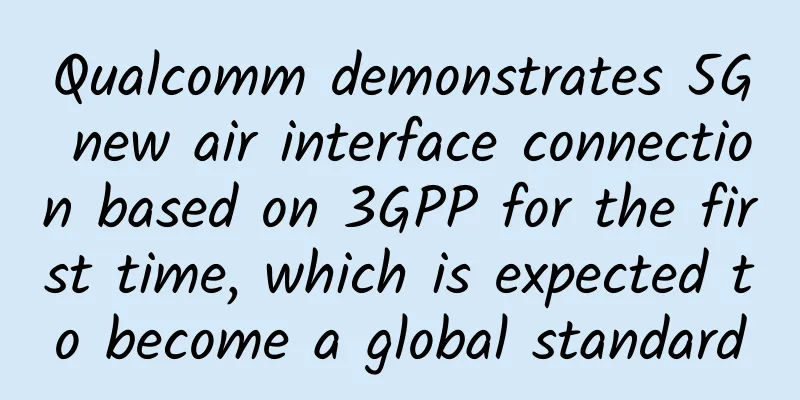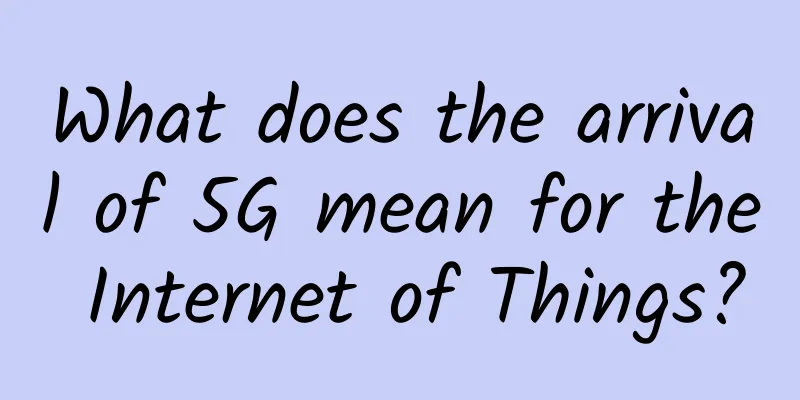4.2 billion IP addresses have already been allocated, so why are we still using them?

|
We all know that we have an IP address when we surf the Internet, which is used to communicate and exchange data with other people. If you still don’t know what an IP address is, I suggest you read my article: Learn about IP addresses in one minute. The Internet is really not a lawless place. I advise you to be careful in what you say and do. IP addresses are divided into intranet addresses and extranet addresses, also called private addresses and public addresses. Why do we need to distinguish between private addresses and public addresses? The reason is simple, because public IP addresses are not enough. With the development of the Internet, more and more netizens are surfing the Internet, shopping online, working online, etc. According to statistics, as of December 2021, the number of Internet users in China reached 1.032 billion, an increase of 42.96 million from December 2020, and the Internet penetration rate reached 73.0%. If every device or every individual who accesses the Internet has a public IP address, it will definitely not be enough. Because most of the current IP addresses are IPv4 addresses, which are 4-byte 32-bit addresses. The 32 bits here are counted using binary digits, which means that theoretically there are 255*255*255*255, about 4.2 billion IP addresses. However, if private network segments, network IDs, broadcast IDs, reserved network segments, local loopback 127.0.0.0 network segments, and multicast 224.0.0.0 network segments are excluded, the actual number of available IP addresses is 2.568 billion. However, there are already more than 1 billion Internet users in China. If each Internet user were to have a computer and a mobile phone, it would definitely not be enough. According to statistics, as of November 26, 2019, all of the world's more than 4.2 billion IPv4 addresses have been allocated, which means that there are no more IPv4 addresses available to be allocated to ISPs and other large network infrastructure providers. So why do we still use IPv4 addresses now? Because IP addresses are allocated dynamically, they will be allocated and recycled. For example, if you no longer use the Internet account you applied for, the IP address will be recycled by the operator and given to other people to use, just like currency in circulation. You may not feel that IPv4 addresses are insufficient now because some places have started using IPv6. However, if a company or ISP needs a large number of IPv4 addresses in a short period of time, there will still be a shortage of them. So what should these companies do? At this time, you can use private addresses. Private addresses can be reused. For example, a company has 100 people who need 100 public IP addresses, but the operator can only give you 20 public addresses. Then the company can use private addresses to convert them into public addresses for use. So how do you convert? It’s actually very simple. Everyone has seen a router, right? In fact, the router has this conversion function. Through the router, our intranet address can be converted into an external network address, which is a public address. For example, you can check the IP address of your current mobile phone connected to WIFI, and you will find that your IP address must be a private address, such as those starting with 172 or 192, which is basically it. The picture above shows the IP address of my phone currently connected to WIFI. You can see that it is 192.168.31.225. This is a private address. You can also click the WIFI icon on your phone to view your own IP address. Please remember that IP addresses are numbers from 0 to 255 separated by four dots. If someone says his IPv4 address is 192.168.1.355, he is definitely an outsider. Because IPv4 addresses cannot have numbers greater than 255. I once watched a movie where a male protagonist said his IP address was 355.XXX. I laughed when I saw it. The director was too perfunctory! So everyone please don’t make a fool of yourself. If you really don’t understand something, don’t say anything carelessly, otherwise you may be laughed at without even knowing it. Everyone has used a router. The main function of a router is not to convert addresses, but to route data. The reason why everyone has the impression that routers are used to connect to WIFI is because what we have seen and used are home routers, and the biggest function of home routers is to convert addresses of internal and external networks and provide WIFI. In the field of computer networks, routers mostly refer to enterprise-level routers, which are devices that perform routing selection for IIP addresses. Just like a courier, he can choose the best route and deliver the package to you as quickly as possible. So if a router is used in a company, it must be an enterprise-level router, which can realize the mapping between multiple public addresses and multiple private addresses. For example, if a company has 100 people but only 20 public addresses, the private address assigned to Xiao Wang by the company is 192.168.1.3. When Xiao Wang needs to access the Internet, the external IP address may be one of the 20 public addresses. The data sent by Xiao Wang to the external network will use the public IP address as the source address, and the router will send the data to Xiao Wang after receiving the data. The binding and allocation are the functions of the router. A public IP address can be used by multiple private addresses at the same time, but not too many. If there are too many, it may cause Internet access to be very slow and data forwarding to be very slow. Therefore, a general company may apply for multiple public addresses, form an address pool, and then make dynamic selections based on the current usage of public addresses. This solves the problem of IP address shortage. Finally, some people may ask what to do if some companies really need a large number of public IPv4 addresses and cannot convert them? In fact, relevant Internet organizations have already considered this issue, so IPv6 addresses were born. In order to solve the problem of IPv4 address exhaustion, the Internet Society held the World IPv6 Launch Day on June 6, 2012. On this day, the global IPv6 network was officially launched. Many well-known websites, such as Google, Facebook and Yahoo, began to permanently support IPv6 access at 0:00 GMT on that day. This article is reprinted from the WeChat public account "IT Archives", which can be followed through the following QR code. To reprint this article, please contact the IT Archives public account. |
<<: Gartner: China's IT spending is expected to exceed US$550 million in 2022
>>: 5G applications drive cellular IoT module market growth
Recommend
BGP.TO Japan servers start at 35% off, Singapore servers start at 25% off, monthly payment starts at $93
BGP.TO is currently offering promotions for serve...
CloudCone: $10.99/year KVM-512MB/20GB/2TB/Los Angeles data center
CloudCone has re-launched the Hashtag 2023 series...
RAKsmart: High-security servers from $79/month, cluster servers from $142/month, data centers in the United States/Japan/Korea, etc.
Earlier this month, we shared information about R...
Wi-Fi 7 is here! Ruijie adheres to scenario-based innovation and steps up efforts in the new wireless network era
Wi-Fi is ubiquitous in today's world, and its...
UAE operator e partners with Nokia Bell Labs to explore industrial AI applications
UAE-based telecom service provider e&T and No...
What does Huawei's ultra-high-density UPS module mean to data centers?
[51CTO.com original article] With the continuous ...
5G message is coming, please check!
What is 5G messaging? Is it an upgraded version o...
Liu Liehong of the Ministry of Industry and Information Technology: As of October, more than 700,000 5G base stations have been put into operation
Since the issuance of 5G commercial licenses in m...
Application of IoT technology in the logistics industry under the background of 5G
The Internet of Things has the characteristics of...
Has NB-IoT solved the business model problem that has plagued the Internet of Things for a decade?
The business model has always been a key factor t...
The briefing session for the Kunpeng Application Innovation Competition 2020 (Tianjin Division) was successfully held!
On July 29, 2020, the Kunpeng Application Innovat...
TMThosting: Seattle high-security VPS monthly payment 30% off, optional HDD/SSD/NVMe disk, support Alipay
TMThosting is a foreign hosting company founded i...
It is easy to raise a sail in the river, but it is difficult to sail against the current - Huawei is making full efforts in the public cloud 2.0 era
[51CTO.com original article] Recently, Huawei and...









